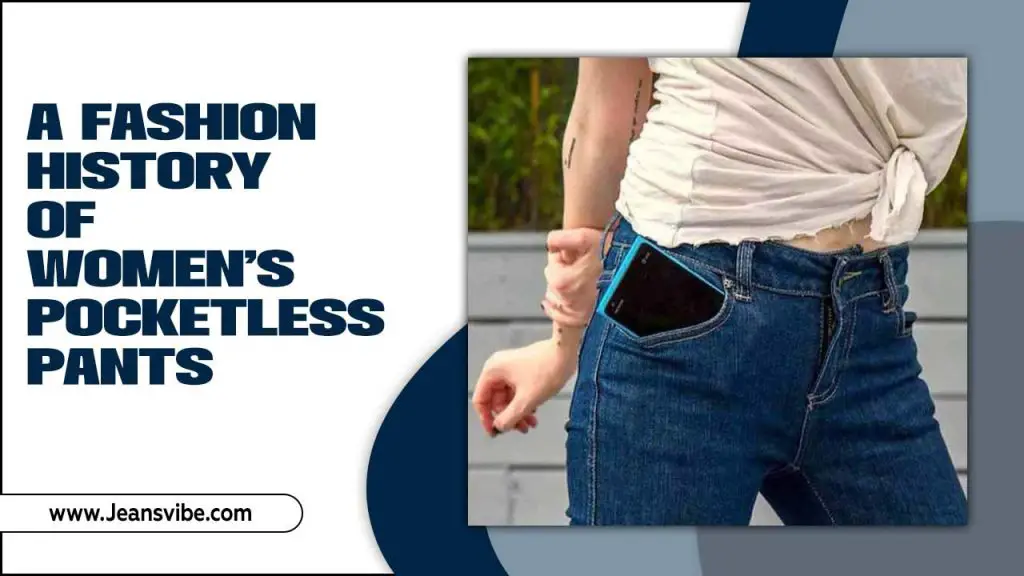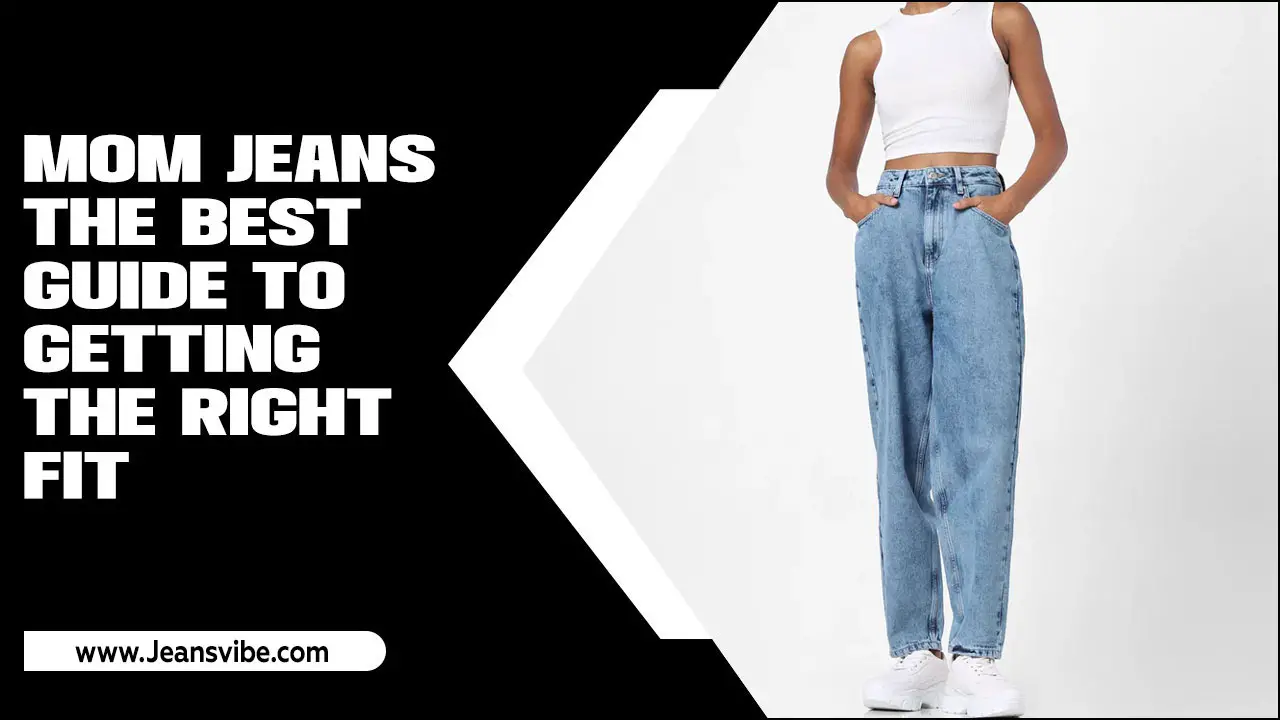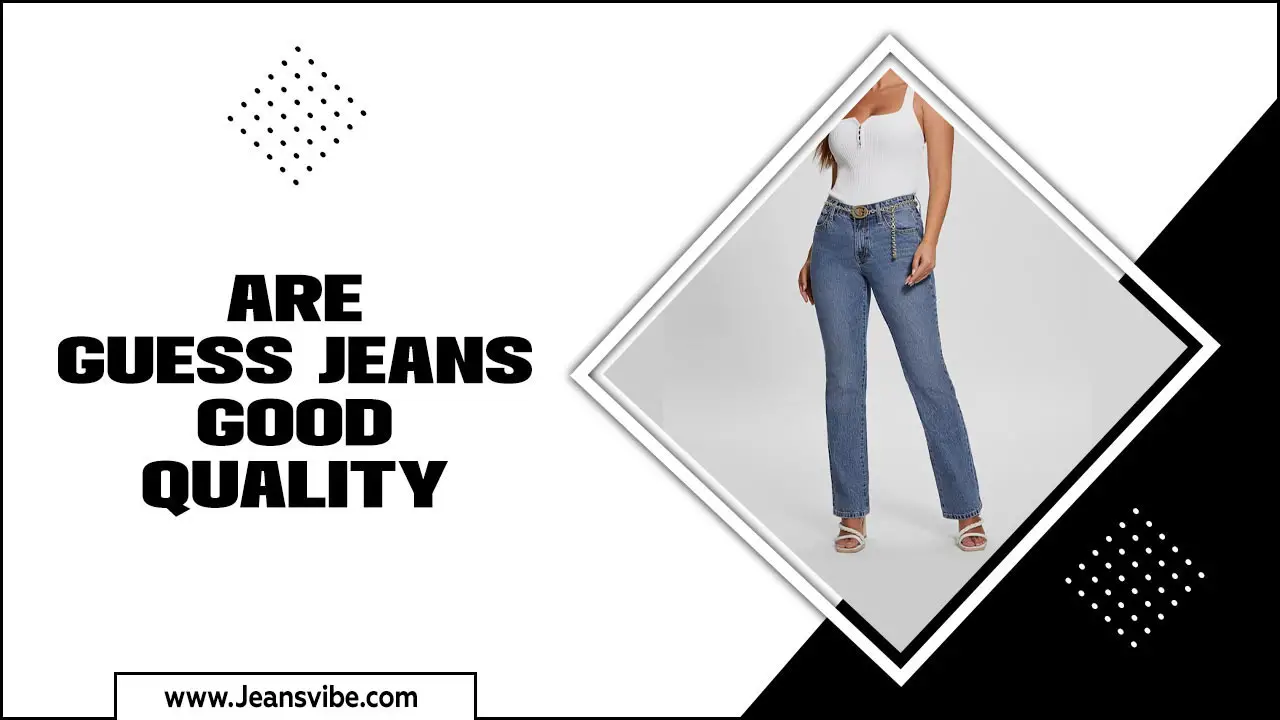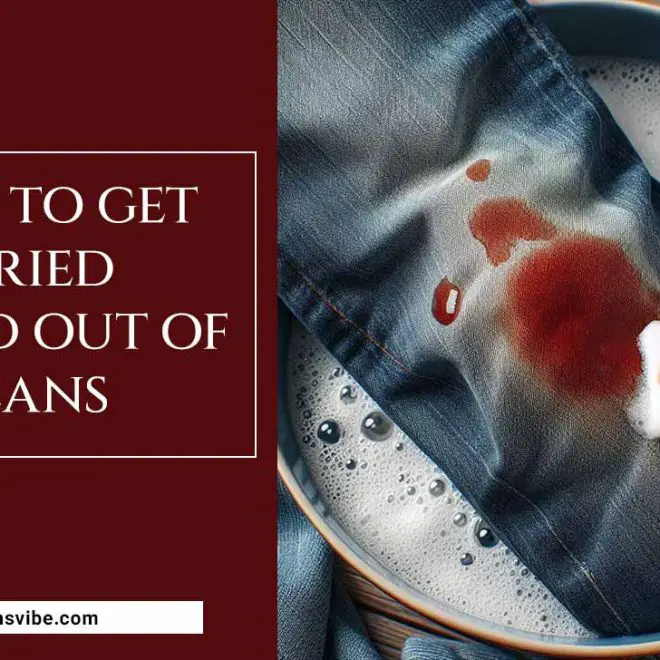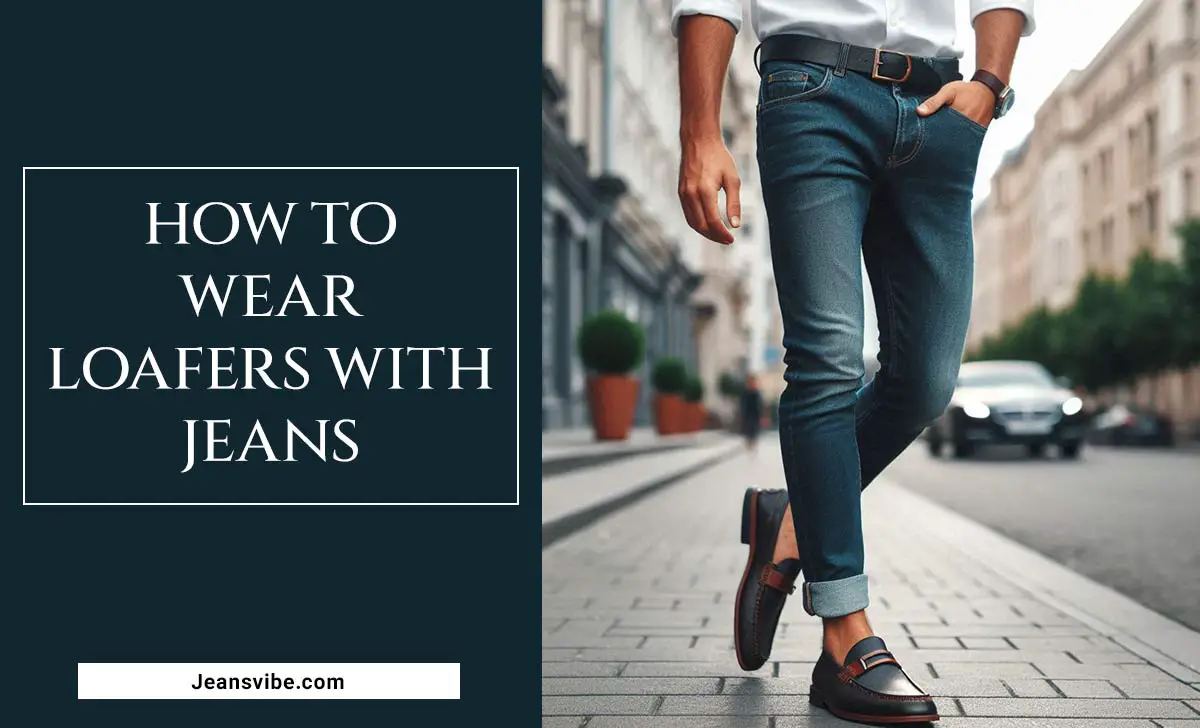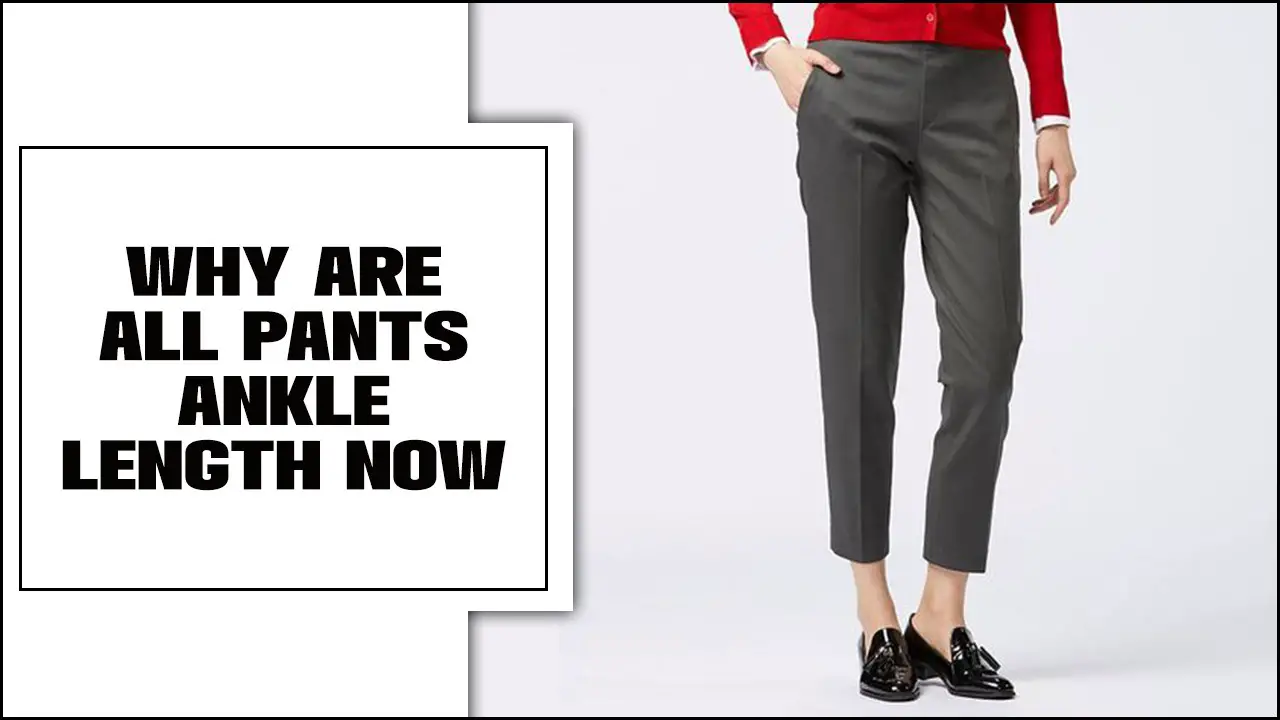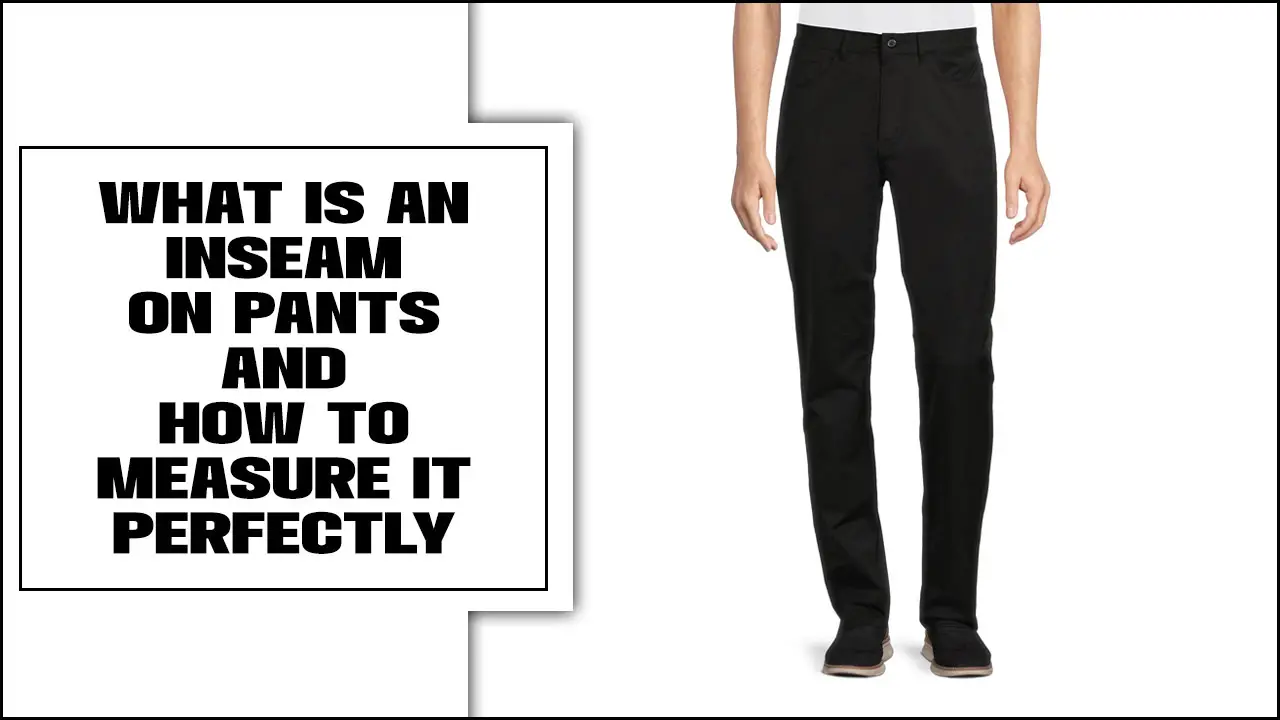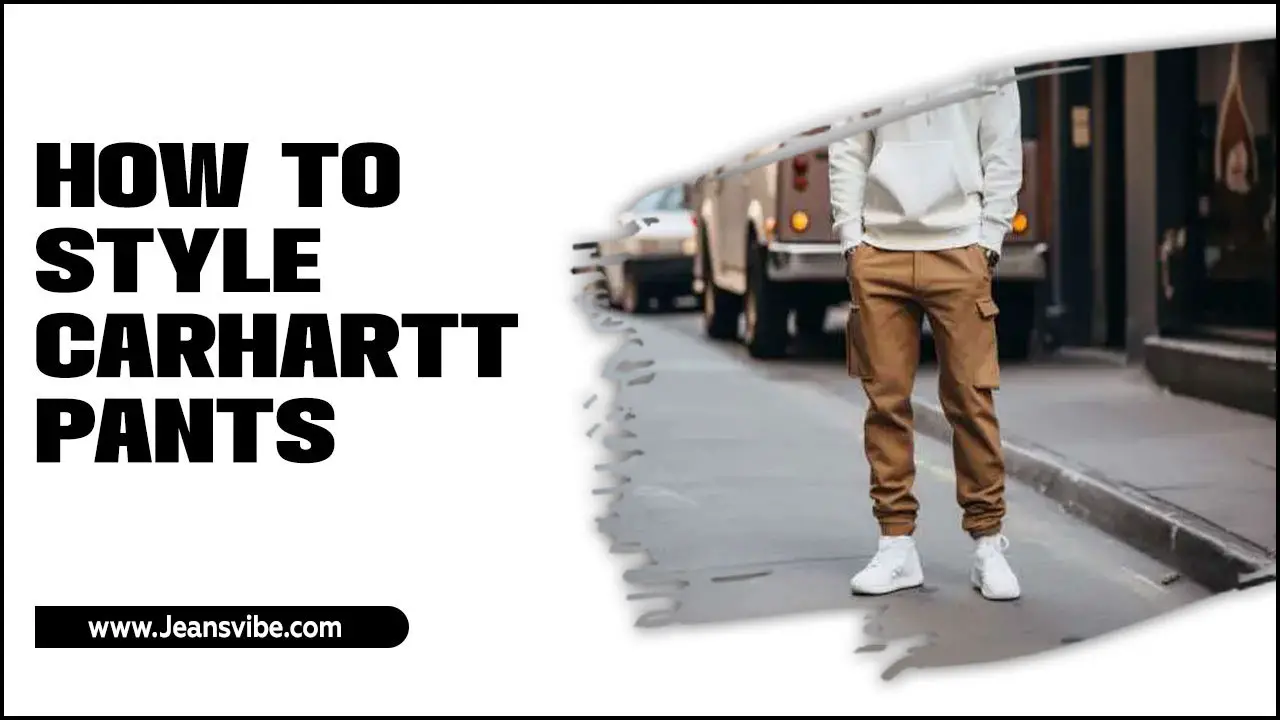The evolution of women’s fashion is a fascinating journey that reflects social, cultural, and political changes. Among the many trends that have come and gone, pocketless pants for women stand out as a significant symbol of fashion and functionality. This article delves into the history of pocketless pants, exploring how they have evolved and what they represent.
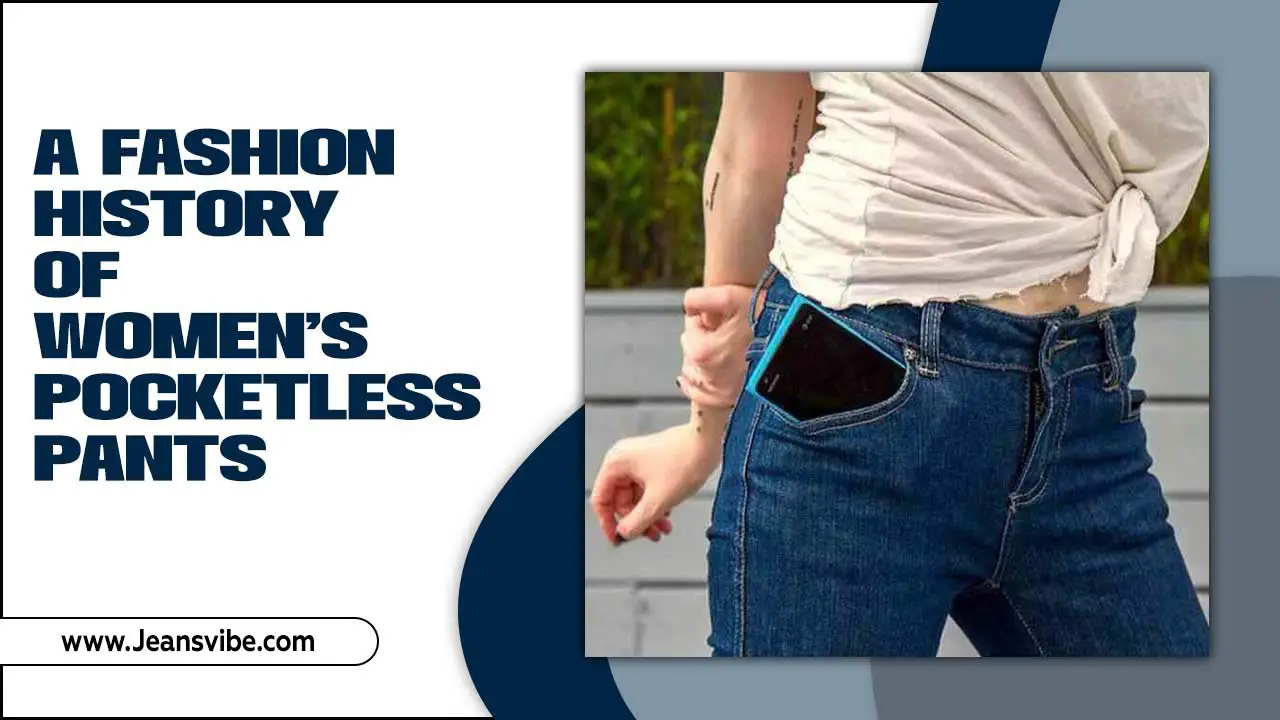
The Early Days: Function Over Fashion
In the early 20th century, women’s clothing was heavily influenced by modesty and practicality. Dresses and skirts were the norm, and when pants began to make an appearance in women’s wardrobes, they were often designed without pockets. This was partly due to the belief that women did not need the same functional clothing as men, who used pockets to carry tools and personal items.
The 1920s: Breaking Boundaries
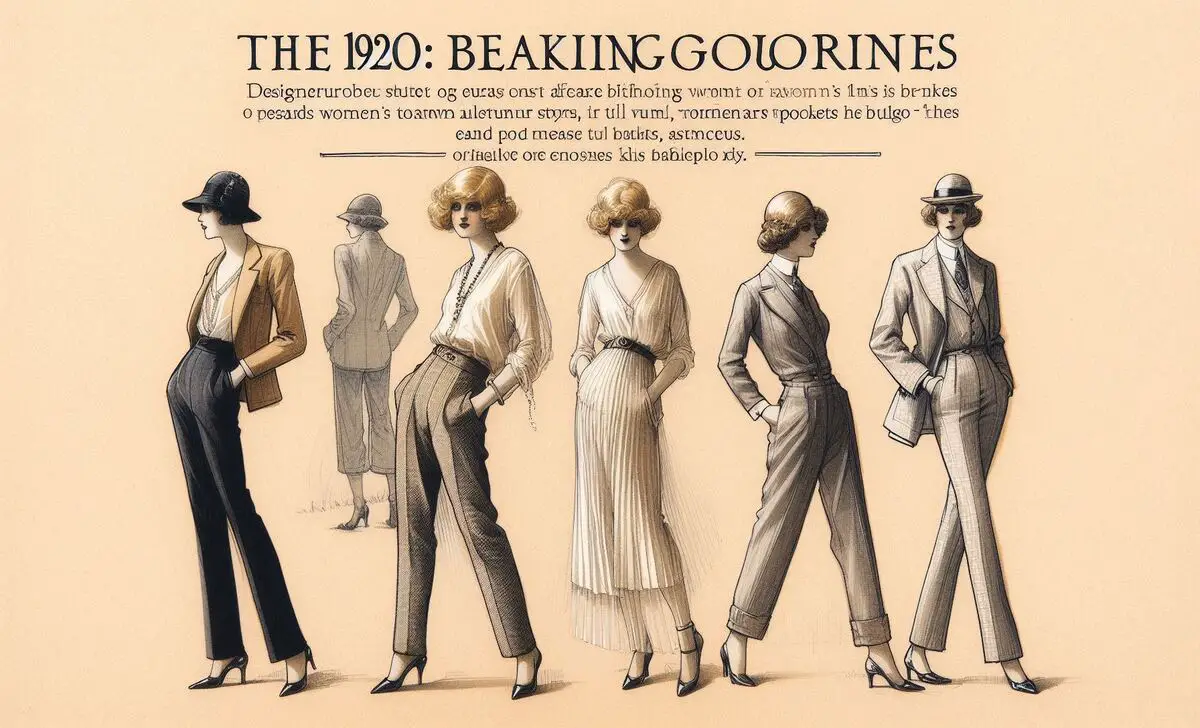
The 1920s marked a significant shift in women’s fashion with the rise of the flapper movement. Women began to embrace more liberating styles, including trousers. However, even as women donned pants, the absence of pockets persisted. Designers focused on creating sleek, streamlined silhouettes, and pockets were seen as bulky and unnecessary.
The 1940s: Wartime Necessities
During World War II, women entered the workforce in unprecedented numbers, taking on roles traditionally held by men. This shift required more practical clothing, and women began to wear pants more frequently. Despite this, many women’s pants were still designed without pockets. Pockets were familiar as male feature, and women’s fashion remained focused on maintaining a feminine appearance, even in functional attire.
The 1960s And 1970s: The Rise Of Feminism
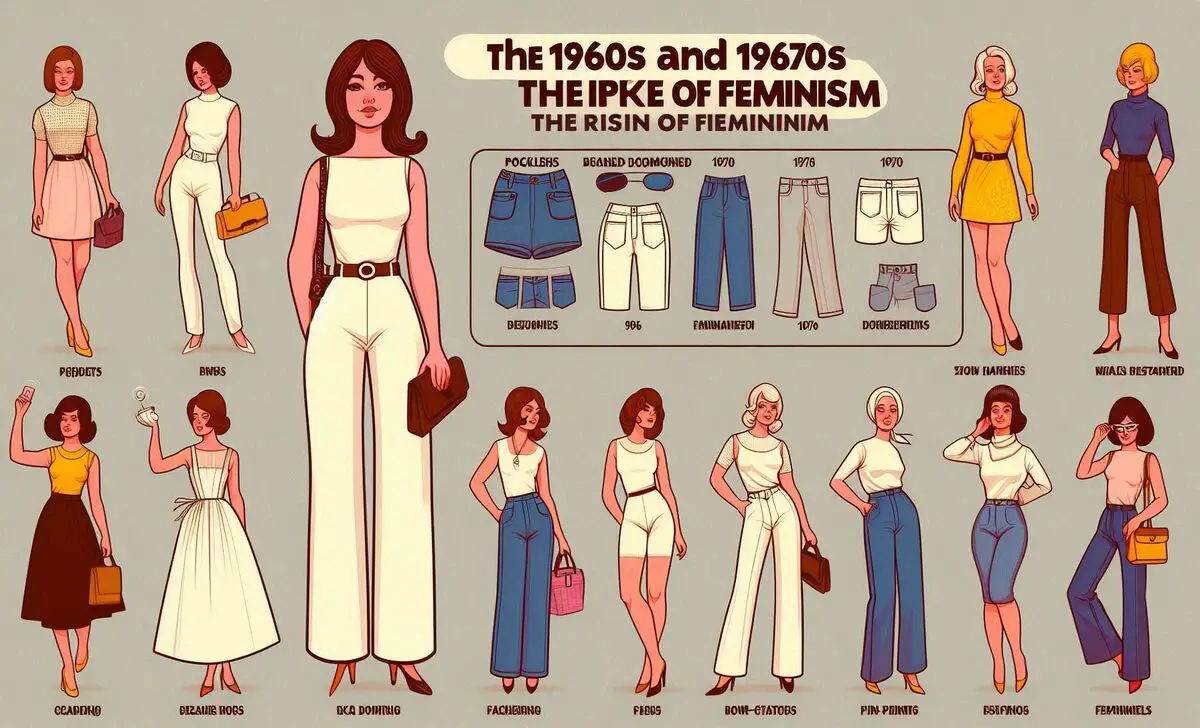
The feminist movements of the 1960s and 1970s brought significant changes to women’s fashion. As women fought for equality, they demanded clothing that was both stylish and functional. While some designers began incorporating pockets into women’s pants, the pocketless trend continued, largely due to the aesthetic preference for slim, form-fitting styles that dominated these decades.
The 1980s And 1990s: Fashion Over Function
The power dressing trend of the 1980s and the minimalist styles of the 1990s reinforced the pocketless pants trend. Women’s fashion during these decades emphasized sleek, professional looks for the workplace and chic, streamlined designs for casual wear. Pockets were often omitted to maintain these clean lines and tailored fits.
The 2000s To Today: A Shift Towards Practicality

In recent years, there has been a growing demand for more practical women’s clothing, including the inclusion of pockets in pants. Designers and brands have started to respond to this demand, offering more options with functional pockets. The pocketless trend, however, still persists in certain styles, particularly in high fashion and formal wear, where the focus remains on aesthetics.
Features Of Women’s Pocketless Pants
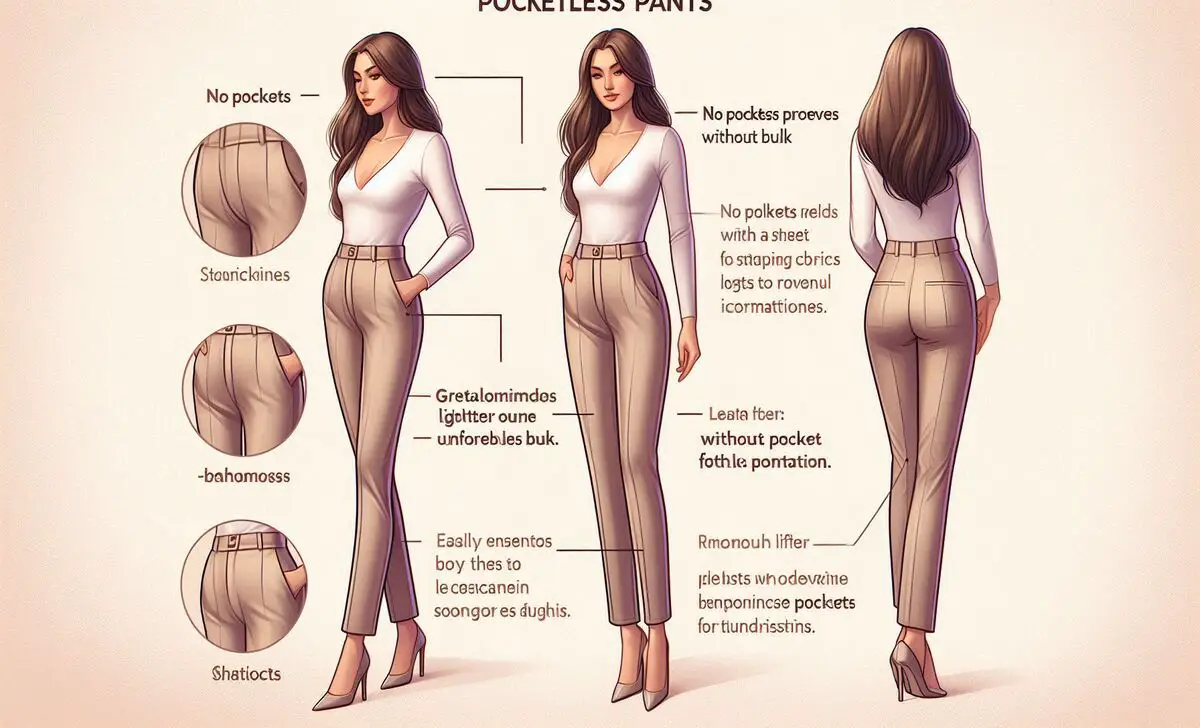
- No pockets provide a smooth, streamlined look without bulk.
- Often designed with stretch fabrics for a snug yet comfortable fit.
- Easily dressed up or down for various occasions.
- Eliminates pocket outlines, ideal for a polished appearance.
- Generally lighter without pocket material, making them more breathable.
- Tailored to emphasize body shape without distractions.
- Smooth fit makes them perfect for wearing under longer tops or tunics.
- Clean lines offer a contemporary and minimalist style.
- Perfect for activities requiring freedom of movement without the extra fabric of pockets.
- Often feature hidden or minimal seams for an ultra-sleek finish.
Some Women’s Pocketless Pants Brand Names
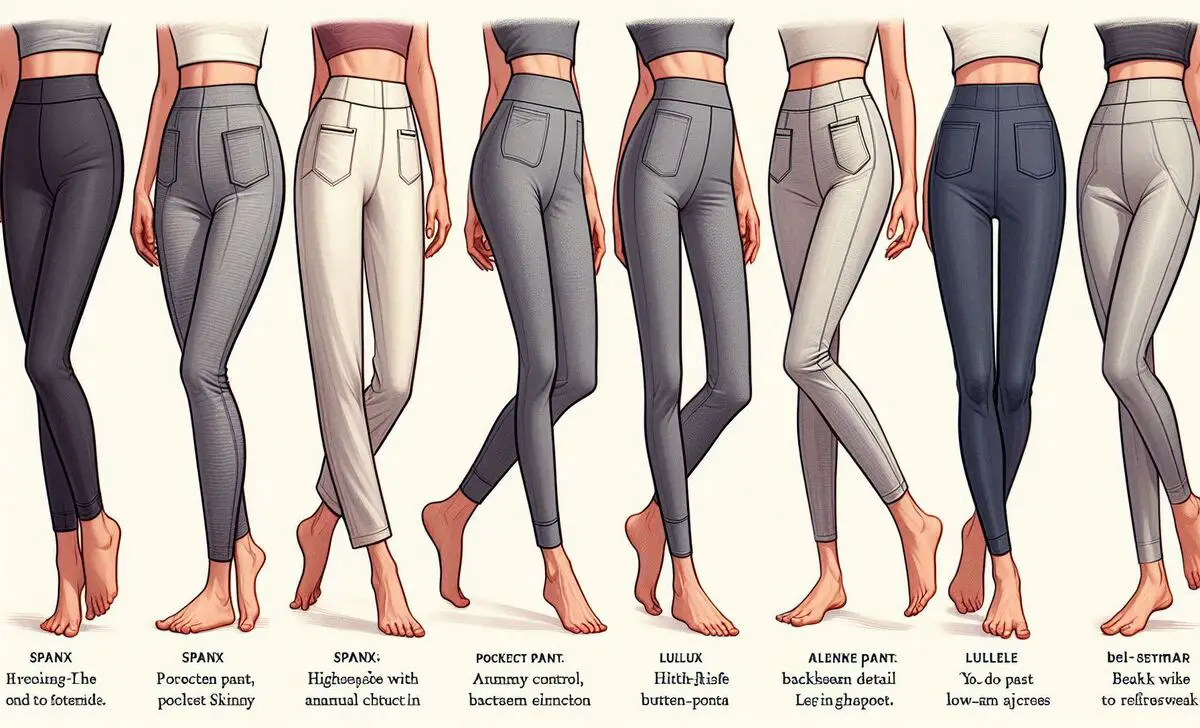
Here are five women’s pocketless pants, along with their brand names:
- Spanx – Perfect Pant, Ankle Backseam Skinny: High-rise with tummy control, backseam detail for leg elongation, smoothing ponte fabric. Best for slimming silhouette, casual to semi-formal wear.
- Lululemon – Align Pant II: Lulu™ fabric, buttery soft, high-waisted, wide waistband, yoga and low-impact activities. Best for Yoga, pilates, everyday comfort.
- Commando – Perfect Control Legging: Matte fabric, firming waistband, no center seam, raw-cut edges. Best for smooth, sculpted look, layering or chic outfits.
- J.Crew – Any Day Pant: Stretchy, wrinkle-resistant fabric, pull-on waistband, straight-leg silhouette. Versatile everyday wear, work to weekend.
- Everlane – The Italian GoWeave Easy Pant: Lightweight Italian GoWeave fabric, relaxed fit, tapered leg, elastic waistband. Best for professional or casual settings, travel-friendly.
These pants are familiar for their sleek, seamless design without pockets, offering a smooth silhouette ideal for various occasions.
Conclusion
The fashion history of women’s pocketless pants is a testament to the evolving roles and perceptions of women in society. From early 20th-century modesty to modern-day practicality, the journey of pocketless pants highlights the intersection of fashion and functionality.
Designers and brands are reinterpreting this classic style with innovative fabrics and cuts, appealing to a new generation drawn to simplicity and sophistication in their wardrobe choices. This revival underscores the enduring influence of pocketless pants in shaping fashion trends today.
FAQs
1.Why Were Women’s Pants Originally Designed Without Pockets?
Women’s pants were originally designed without pockets to maintain a slim, streamlined silhouette. Pockets were seen as bulky and unnecessary, and there was a cultural belief that women did not need functional clothing like men.
2.How Did World War II Impact Women’s Fashion, Particularly Regarding Pants?
World War II saw women entering the workforce in large numbers, necessitating more practical clothing. While women began wearing pants more frequently, many designs still lacked pockets, emphasizing a feminine appearance even in functional attire.
3.What Role Did The Feminist Movements Of The 1960s And 1970s Play In Women’s Fashion?
The feminist movements of the 1960s and 1970s pushed for equality and practicality in women’s fashion. While some designers began adding pockets to women’s pants, the trend of pocketless pants continued due to the preference for slim, form-fitting styles.
4.Why Do High Fashion And Formal Wear Often Exclude Pockets?
High fashion and formal wear often exclude pockets to maintain clean lines and tailored fits. Pockets can disrupt the smooth silhouette that these styles aim to achieve.
5.Are Pockets Becoming More Common In Women’s Pants Today?
Yes, there is a growing demand for practical women’s clothing, leading to more designs that include functional pockets. This shift reflects the changing roles and needs of modern women, as well as a move towards greater practicality in fashion.
6.When Did Pockets Disappear From Women’s Clothing?
Pockets disappeared from women’s clothing in the late 18th century and continued into the 19th and 20th centuries. However, in recent years, there has been a push for more pockets in women’s clothing. People often attribute the absence of pockets to patriarchal societal norms.
7.What Was The Significance Of The Introduction Of Pockets In Women’s Pants?
Introducing pockets in women’s pants was a pivotal moment for gender equality. It allowed women to carry their belongings independently, adding functionality to their clothing. This historical change reflected society’s evolving attitudes towards women’s autonomy and independence.
8.Are There Any Cultural Or Societal Implications Associated With The Presence Or Absence Of Pockets In Women’s Clothing?
The absence or presence of pockets in women’s clothing can have cultural and societal implications. It reflects patriarchal norms and challenges traditional gender roles. Pockets are often associated with functionality and independence, while the absence of pockets can be seen as a way for companies to sell more accessories.
9.What Are The Practical Implications Of Wearing Pocketless Pants For Women In Different Historical Periods?
The practical implications of wearing pocketless pants for women in different historical periods include limited storage options for personal items, increased reliance on carrying bags or purses, restricted mobility due to lack of convenient storage, and reinforcement of gender norms that dictate women must rely on external accessories for utility rather than having functional clothing.


